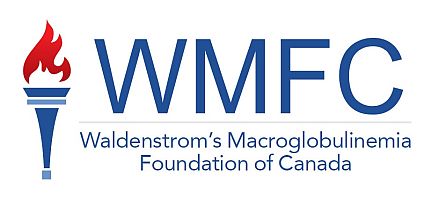From the American Society of Hematology (ASH) conference, in December (2022):
The full abstract title is “Clinical Effectiveness and Long-Term Serologic Responses of COVID-19 Vaccination in Patients with Multiple Myeloma and Waldenström Macroglobulinemia”.
But let’s cut to a very quick summary: As we’ve long been saying, Covid vaccines work — even in us WMers!! Now with this added emphasis: get all your Covid vaccinations.
In a little more depth:
In this abstract, our friends at Dana-Faber plus others undertook a study of 148 patients, 50 with WM and 98 with MM (Multiple Myeloma). They looked at the clinical effectiveness of Covid vaccinations. Key points identified were:
- Similar to earlier reports, after only “primary” Covid vaccination (i.e., the first two shots), only 26% of WM patients achieved “adequate” levels of spike antibody response (“S Ab >250 U/mL”)
- After an initial booster (a third Covid vaccine), the 26% rose to 60% in WM patients
- After a *second* booster (fourth Covid vaccination), the 60% rose to 88%!!
- During the study, the only patients who developed Covid infections had received 3 or fewer vaccinations
- Considering the possible characteristics:
- Recent anti-cancer therapy
- IVIG therapy
- WM disease response status
None of these characteristics statistically impacted acquiring symptomatic Covid infections. E.g., your chances of coming down with symptomatic Covid were statistically independent of whether or not you had had any IVIG treatment.
The full abstract, and an accompanying data table, are available at https://ash.confex.com/ash/2022/webprogram/Paper167899.html. And, being an abstract presented at a conference, it is not yet peer-reviewed — but we think it is worthy of note.
If you don’t want to read the whole thing, but want just a little bit more, here’s a quote from the abstract’s conclusions:
We report clinical effectiveness of COVID-19 vaccination in patients with MM and WM for the first time in a prospective clinical trial. Although WM patients showed more severe initial impairment of S Ab responses, S Ab levels improved after one and two vaccine boosters. After a second antibody booster, adequate S Ab were achieved in comparable rates between WM and MM, 88.8%, and 90.6%, respectively.
Optimal benefit in preventing SARS-CoV-2 infections was achieved with at least 4 doses of vaccine. No significant differences were observed in S Ab levels between patients who developed SARS-CoV-2 infections and those without, arguing the importance of other factors relating to vaccination such as cellular immunity.
These data demonstrate the importance of COVID-19 vaccination boosting efforts for patients with MM and WM. T-cell studies are ongoing and will be updated. Further understanding of the immunological responses to COVID-19 vaccination as well as identifying those most at risk are needed to inform the timing of boosters and alternative protective measures against SARS-CoV-2 infection in MM and WM patients.
